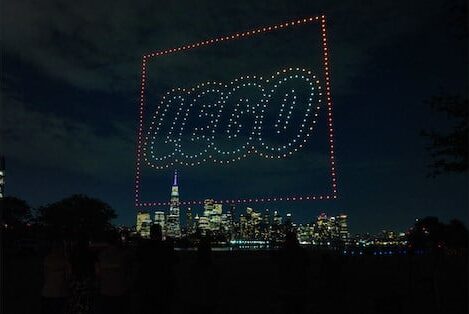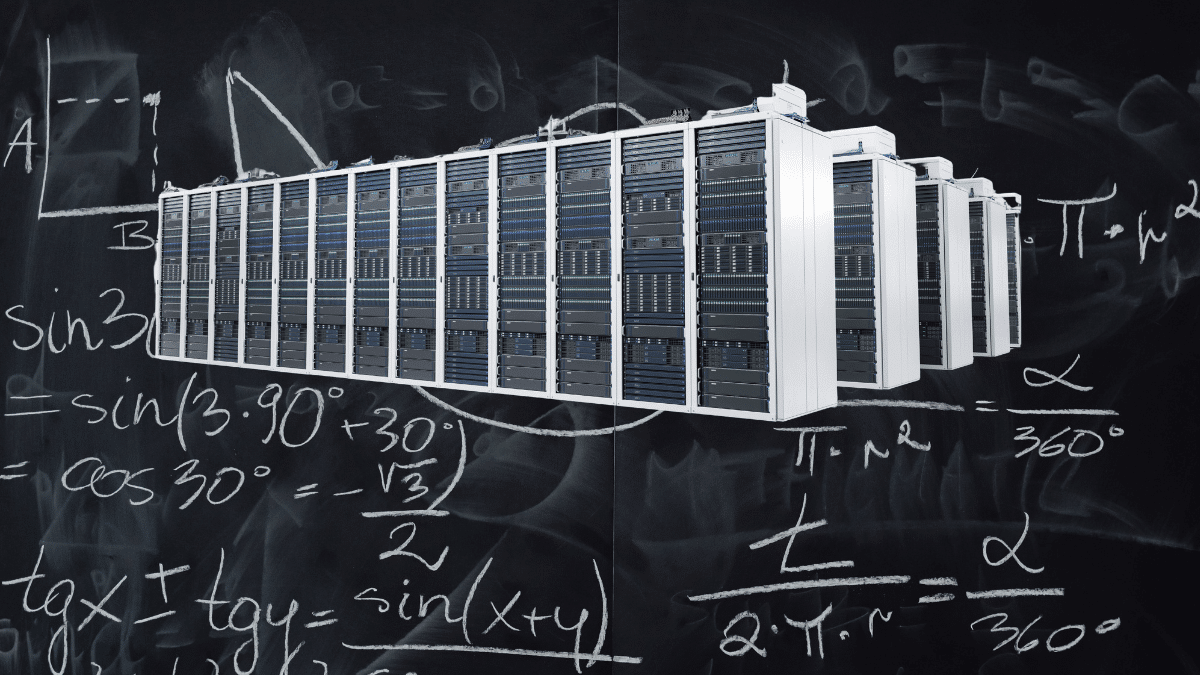Out-of-home (OOH) advertising is one of those meat & potatoes segments of the marketing ecosystem. It’s been around for centuries with strong demand and relatively-little disruption. Audience targeting and offline attribution measures in the smartphone era have advanced it, but it remains simple & steady.
One thing that has always defined OOH is real estate value and the economics of scarcity. Billboards along the 405 freeway in LA as you pass LAX are premium inventory (and are famously peppered with personal injury lawyers). Some of these dynamics now apply to in-aisle inventory in retail media.
Likewise disrupting the supply and demand dynamics of OOH is the latest development: sky marketing. This involves autonomous drones that fly in intricate patterns and display specific colors to render deliberate imagery or animations. They’re even replacing fireworks shows at some theme parks.
In an ad context, it’s easy for these drones to put aside the aerial acrobatics and simply fly still in a pattern to display a brand logo. But often it’s more animated and choreographed. More importantly, it’s placed in high-value line-of-sight locales, such as above the Hollywood sign or next to the Eiffel Tower.
Florida Man’s Hair Trigger Raises Key Questions About Last-Mile Delivery
Sky-High CPM
These examples seem far-fetched but are more common than you may think. Lego flew 400 drones over the Hudson River to promote its space-themed toys (see video below), while Netflix did similar in the skies over Hollywood with 2,000 drones to promote its “Netflix Is a Joke” comedy festival.
Others that have jumped into sky marketing include Marvel, Paramount+, Bulgari, and Genesis (Hyundai’s luxury vehicle brand). It’s a relatively short list of entertainment and lifestyle brands but that could change if the medium becomes more pervasive, affordable, and common in the marketing mix.
Affordable is the key word as sky marketing is currently a bit of a luxury. A single drone show can cost anywhere from $50,000 to $1 million, depending on the scale, according to Sky Marketing company Drone Stories. Most campaigns are somewhere in the range of $100,000 and $300,000.
That’s a hefty CPM if you consider that only a few thousand people can see a single sky marketing campaign. By comparison, 30-second ad spots for this year’s superbowl – the benchmark for premium high-scale advertising – were $7 million to reach an audience of about 200 million people.

Publicity Stunt
That CPM calculation makes sky marketing one of those things that evades typical return on ad spend (ROAS) considerations. The brands that have done it see it as more of a publicity stunt whose ROI transcends live impressions. For example, there’s PR lift given its novelty (we’re talking about it now…).
But that novelty won’t last forever. The more brands that jump into sky marketing, the less attention-grabbing it will be. So it will become a race to get the cost down, thus improving ROAS metrics, before the novelty value plummets. Meanwhile, there are other drivers for brand interest in sky marketing.
For example, Lego’s campaign noted above solicited submissions from kids about what the spaceships of the future will look like. Winning drawings were emulated in the drone show which was captured on video for time-shifted exposure. In fact, the resulting Instagram Reel it created got 10 million views.
Meanwhile, expect more brands to get creative with this medium, but don’t expect it to be an SMB play anytime soon. That sentiment echoes our other drone story this week around last-mile delivery. Like politics, all drone flights are local… but they haven’t yet flown into SMB marketing air space.



